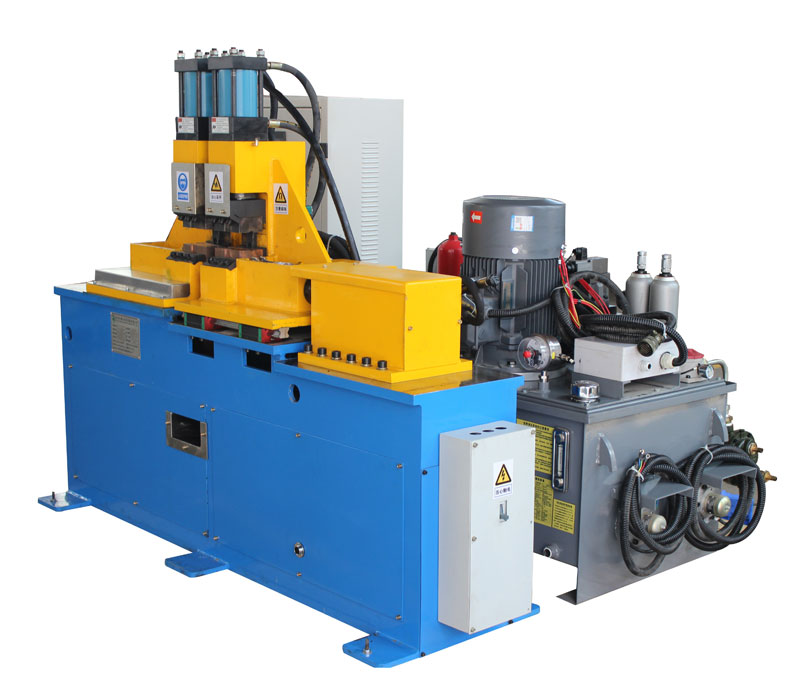Flash butt welding is a widely used welding process that involves the joining of two metal pieces through the application of high electrical current and pressure. While it is an efficient and effective method, it comes with inherent safety risks. Therefore, it is essential to understand and implement key safety measures when operating flash butt welding machines.
- Personal Protective Equipment (PPE):
One of the fundamental safety measures for flash butt welding is the use of appropriate personal protective equipment. Welders and operators must wear the following PPE:
- Welding helmet with a protective face shield to shield the eyes and face from the intense light and sparks.
- Flame-resistant clothing to protect against burns and sparks.
- Welding gloves for hand protection.
- Safety shoes to guard against falling objects and electrical hazards.
- Ear protection in case of noise from the welding process.
- Proper Training:
Before operating a flash butt welding machine, operators should undergo comprehensive training. They must understand the equipment, its operation, and safety procedures. Only trained and authorized personnel should be allowed to operate the machinery.
- Machine Inspection and Maintenance:
Regular inspection and maintenance of the welding machine are crucial for ensuring safety. Any damaged or malfunctioning components should be repaired or replaced immediately. Maintenance should include checking electrical connections, hydraulic systems, and control mechanisms.
- Electrical Safety:
Flash butt welding machines use high electrical current to create the weld. To ensure safety:
- Inspect power cables for wear and tear, and replace them as needed.
- Maintain proper grounding to prevent electrical hazards.
- Ensure that all electrical components are in good working order and free from damage.
- Fire Safety:
Flash butt welding can generate sparks and heat. To prevent fires:
- Keep the work area clear of flammable materials.
- Have fire extinguishers readily available.
- Use fire-resistant screens to protect adjacent workstations.
- Proper Ventilation:
Welding can produce fumes and gases that are harmful when inhaled. Adequate ventilation, such as exhaust hoods or fans, should be in place to remove these emissions from the work area.
- Emergency Procedures:
Establish and communicate emergency procedures for dealing with accidents, electrical failures, fires, and other potential hazards. All personnel should be aware of these protocols.
- Remote Operation:
When possible, operators should use remote control systems to minimize their exposure to potential hazards, particularly in situations where direct contact with the welding process is not required.
- Risk Assessment:
Conduct a risk assessment before each welding operation. Identify potential risks, and take measures to mitigate them. This may include barricading the area, implementing additional safety measures, or using alternative welding methods.
In conclusion, ensuring the safety of personnel and the integrity of flash butt welding operations is of utmost importance. By following these key safety measures, operators can minimize the risks associated with this welding process and create a secure working environment. Remember, safety should always be the top priority in any welding operation.
Post time: Oct-26-2023








